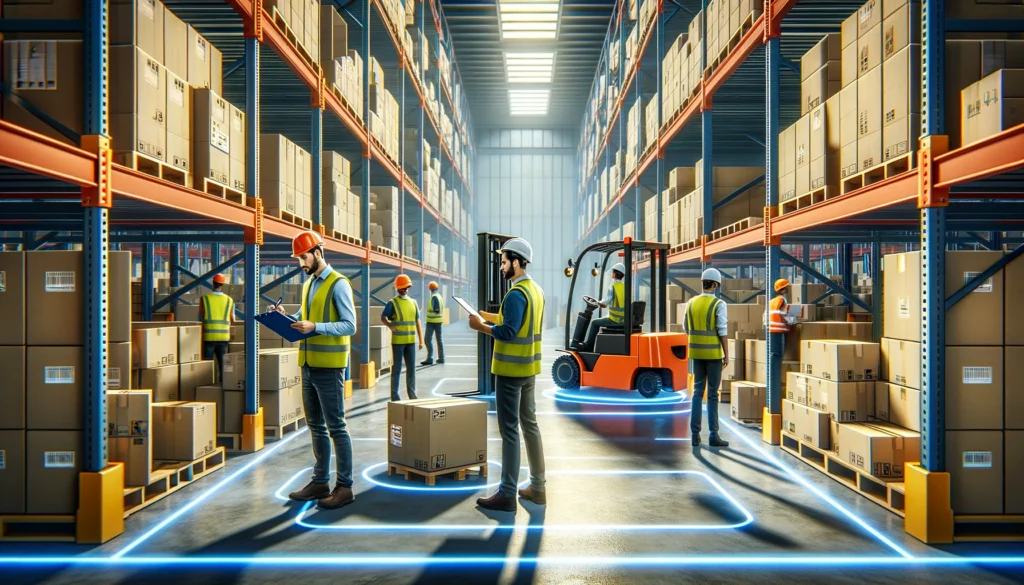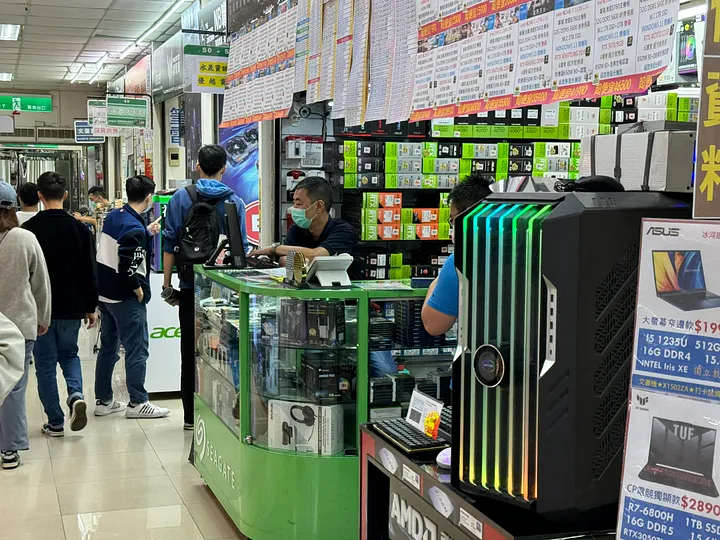Industrial vehicles such as forklifts are another segment in which AI camera systems are becoming more prevalent as warehouses and manufacturing operations seek to reduce the risk of accidents and boost efficiency.
Even with stringent safety measures in place, forklifts pose significant risks, with pedestrian collisions being a common cause of accidents and fatalities. AI camera solutions like the VIA Mobile360 Forklift Safety System are increasingly being utilized to mitigate these risks using people detection technology to alert operators in real-time when someone steps too close to the vehicle.
AI-powered object detection cameras are also expected to play a growing role in improving warehouse safety in the future. These systems help operators avoid collisions with crates, equipment, or other obstacles within the warehouse. By reducing such incidents, warehouses not only ensure a safer working environment but also minimize the potential damage to goods and equipment.
Cloud connectivity is an essential component of AI camera systems for industrial vehicles. It enables warehouse managers to take a closer look at how each incident occurred using captured images, video, and location data and to identify opportunities for improving safety such as driver training. An additional benefit of cloud integration is that managers can also track a wide variety of other key efficiency and safety metrics in granular detail, including alerts, forklift usage, and operator behavior, as well as making it possible to automate vehicle inspections.
Forklift safety is just one of the many applications that AI camera systems are being deployed for in warehouses. Indeed, the convergence of AI, computer vision, and cloud technologies is already paving the way for advanced automation in warehouses and distribution. Automated Guided Vehicles (AGVs), robotic pickers, and drone inventory systems are no longer novelties but essential components that drive operational efficiency, minimize manual labor, and reduce the scope for errors.
As these technologies continue to advance, they promise to unlock even greater potential, driving innovation, efficiency, and resilience in the logistics and supply chain industry. The future of warehousing lies in the harmonious integration of human expertise with these intelligent technologies, setting the stage for smarter, more adaptive, and efficient operations.
Related Articles
Transforming worksite safety with camera-based edge AI
Long time technology industry fan here in Taiwan.



